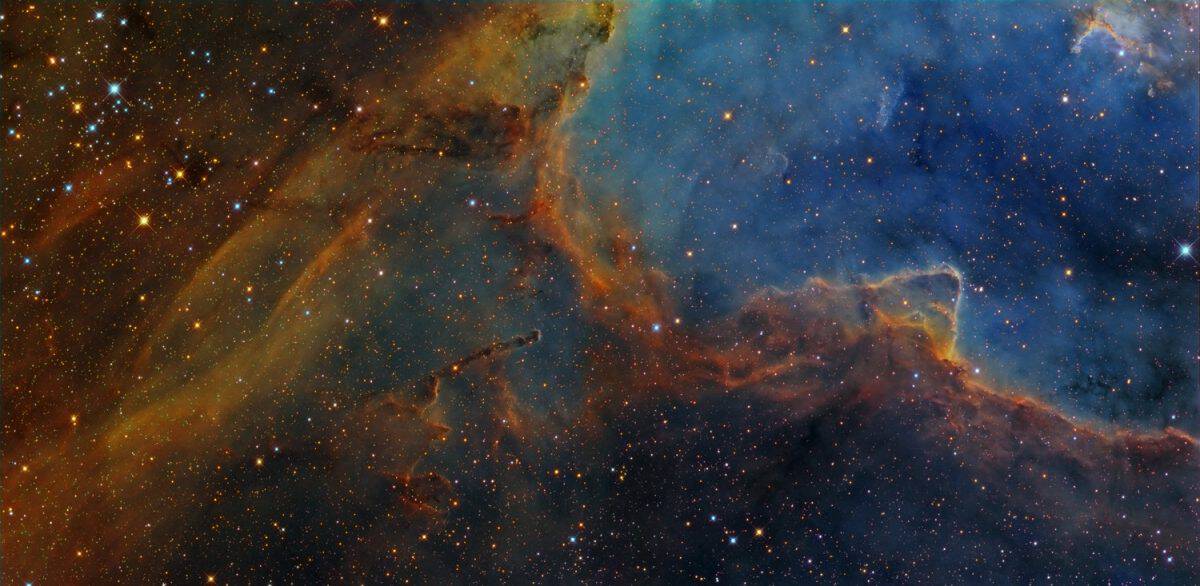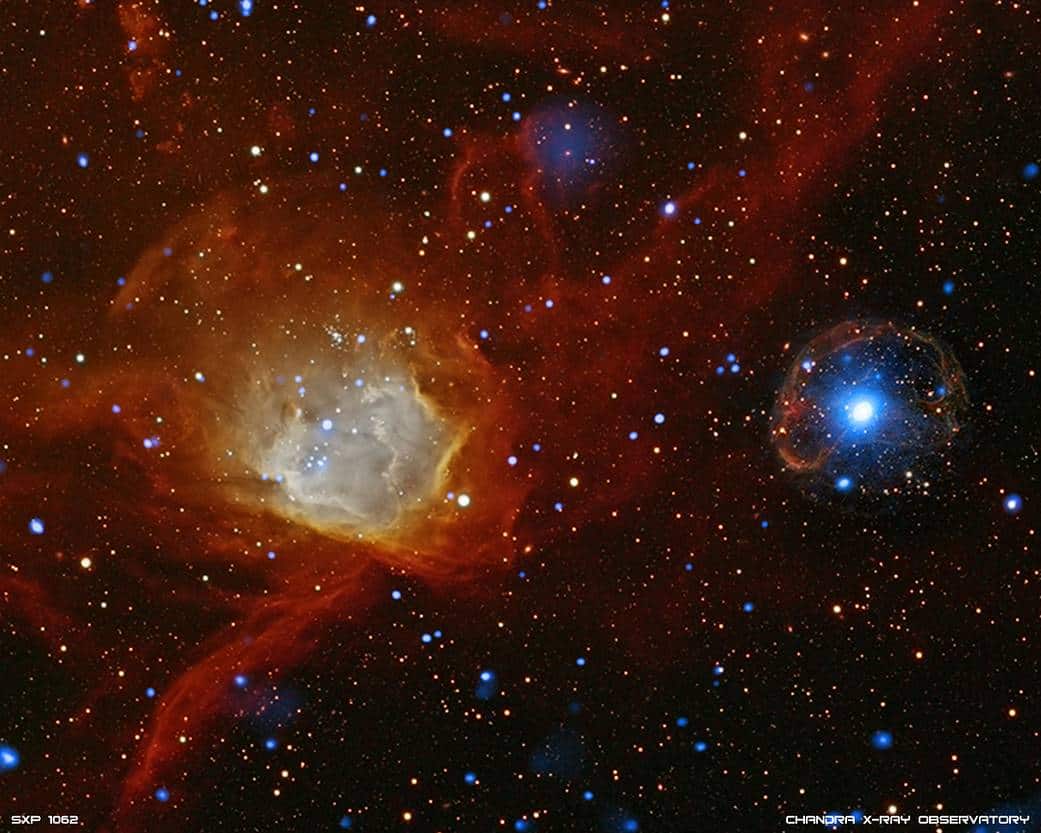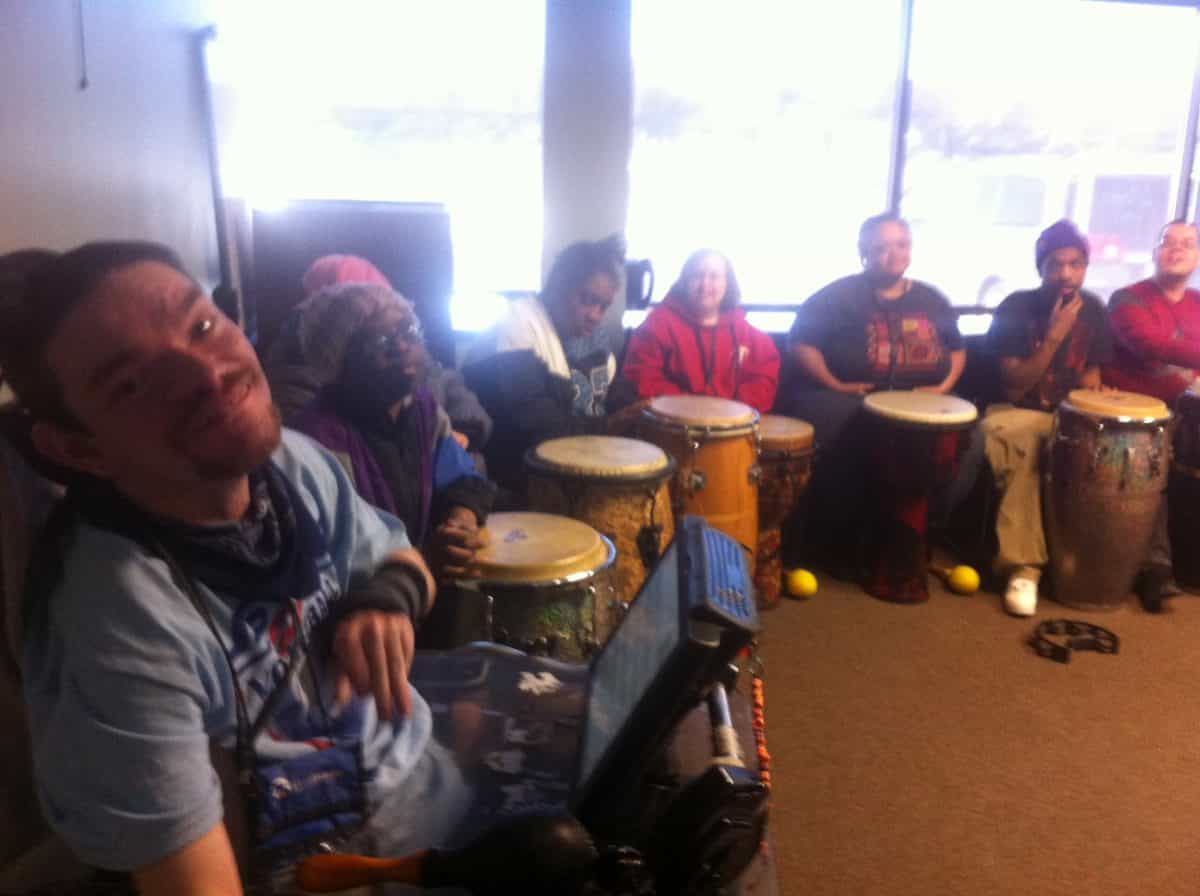Blog
Millicent Dolly May Small, CD (born 6 October 1946), is a Jamaican singer-songwriter, best known for her 1964 recording of “My Boy Lollipop“.
Small was born at Gibraltar in Clarendon, Jamaica, the daughter of a sugar plantation overseer. Like many Jamaican singers of the era, her career began by winning the Vere Johns Opportunity Hour talent contest, which she won at the age of twelve. Wishing to pursue a career as a singer she moved to live with relatives in Love Lane in Kingston. In her teens, she recorded a duet with Owen Gray (“Sugar Plum”) in 1962 and later recordedwith Roy Panton for Coxsone Dodd‘s Studio One record label as ‘Roy and Millie’.They had a local hit with “We’ll Meet”.
more...Little Sonny (born Aaron Willis, October 6, 1932, Greensboro, Alabama) is an American electric blues harmonica player, singer and songwriter.His early mentor and inspiration was Sonny Boy Williamson II. Nevertheless, Little Sonny stated that his nickname was originated by his mother: “[She] called me ‘Sonny boy’ from the time I can remember.” He has released eight albums, including three for a subsidiary of Stax Records. His 1973 release, Hard Goin’ Up, reached the Top 50 in the Billboard R&B chart.
Willis was born in 1932 and raised solely by his mother. He relocated to Detroit in 1953. He had no real interest in music, he said, “But then I saw Sonny Boy Williamson II.” Willis was “spellbound at the way he played. After the show I went home and practiced for hours. Every day after that I would practice until I got the sound I wanted.” His daytime job was working in a used car lot.
His first professional appearance was at the Good Times Bar in Detroit, playing in Washboard Willie‘s backing group. He put together his first band in March 1956. For the following fifteen years he performed in numerous Detroit clubs, often boosting his earnings by photographing customers between his performances on stage. He often performed with John Lee Hooker, Eddie Kirklandand Baby Boy Warren.
more...NGC 1027 is an open cluster in the constellation Cassiopeia. It was discovered by William Herschel in 1787. It is visible at the eastern part of the constellation, between two emission nebulae, the Heart and Soul Nebula. However, it is not physically associated with the two nebulae, lying in the foreground, about 3,000 light years away from the Solar System. The apparent magnitude of the cluster is 6.7 and can be seen with 10×50 binocularsaround a 7th magnitude star, which is not however member of the cluster. The brightest member of the cluster has apparent magnitude 9,3
The Heart Nebula, IC 1805, Sharpless 2-190, lies some 7500 light years away from Earth and is located in the Perseus Arm of the Galaxy in the constellation Cassiopeia. It was discovered by William Herschel on 3 November 1787. This is an emission nebula showing glowing ionized hydrogengas and darker dust lanes.
The very brightest part of this nebula (the knot at the western edge) is separately classified as NGC 896, because it was the first part of this nebula to be discovered.
The nebula’s intense red output and its configuration are driven by the radiation emanating from a small group of stars near the nebula’s center. This open cluster of stars known as Melotte 15 contains a few bright stars nearly 50 times the mass of our Sun, and many more dim stars that are only a fraction of our Sun’s mass.
more...Clifton Anderson (born October 5, 1957) is an American jazz musician, a trombone player. He grew up surrounded by music. His father was a church organist /choir director, and his mother a singer and pianist. It was no surprise that Clifton exhibited an affinity for music at an early age. When he was just seven years old he got his first trombone, a gift from his famous uncle Sonny Rollins.
Clifton attended the prestigious Fiorello LaGuardia High School of Music and Art. In 1974, he spent one year at the State University of New York at Stony Brook studying under Simon Karasick and Dave Schechter. He continued his education at the Manhattan School of Music, and graduated in 1978 with a Bachelor of Music degree.
At The Manhattan School, he studied under the Metropolitan Opera trombonist John Clark. There he also met and befriended talented musicians including Angela Bofill and the late Kenny Kirkland.
While at Manhattan School of Music, Clifton began freelancing around New York City, making record dates and sitting in at clubs. He participated in jazz organizations like the Muse, the CBA Ensemble and later Barry Harris’s ensemble workshops on 8th Avenue. Clifton made his first record date with Carlos Garnett in 1976. By his senior year, at Manhattan he had established himself as one of the young “in demand” trombonists in New York.
more...James Blanton (October 5, 1918 – July 30, 1942) was an American jazz double bassist. Blanton is credited with being the originator of more complex pizzicato and arco bass solos in a jazz context than previous bassists.
Blanton was born in Chattanooga, Tennessee. He originally learned to play the violin, but took up the bass while at Tennessee State University, performing with the Tennessee State Collegians from 1936 to 1937, and during the vacations with Fate Marable.Blanton left university in 1938 to play full-time in St Louis with the Jeter-Pillars Orchestra. Blanton joined Duke Ellington‘s band in 1939. On November 22 of that year, Blanton and Ellington recorded two tracks – “Blues” and “Plucked Again” – which were the first commercially recorded piano–bass duets. Further duet recordings were made in 1940, and Blanton was also featured in orchestra tracks. “Blanton also took part in a few of the informal jam sessions at Minton’s Playhouse in New York that contributed to the genesis of the bop style.” He had to leave Ellington’s band near the end of 1941, because of poor health.
more...World Music on Flamenco Fridays with Miguel de los Reyes
Poco a poco Miguel de los Reyes consiguió montar su propio espectáculo y trabajar mano a manos con figuras consagradas como Concha Piquer o Estrellita Castro entre otros.
Igualmente montó el Ballet de Arte Español compuesto de cantaores, bailaoras, palmeros, y una gran cantidad de primeras figuras de artistas a los que él mismo dirigía, con gran refinamiento y disciplina, algo característico en él, sello que marcarían todos sus espectáculos. De entre ellos cabe destacar Suspiros de España, que en tres versiones diferentes dieron la vuelta al país con gran éxito.
En los años 50 y 60 se marcha a Argentina donde rueda varias películas como “El mucamo de la niña” o “La guitarra de Gardel” y “El amor brujo”, teniendo como pareja a Carmen Sevilla y Ana Esmeralda respectivamente.
more...Astronomers have discovered a very slowly rotating X-ray pulsar still embedded in the remnant of the supernova that created it. This unusual object was detected on the outskirts of the Small Magellanic Cloud, a satellite galaxy of the Milky Way, using data from a number of telescopes, including ESA’s XMM-Newton. A puzzling mismatch between the fairly young age of the supernova remnant and the slow rotation of the pulsar, which would normally indicate a much older object, raises interesting questions about the origin and evolution of pulsars.
The spectacular supernova explosion that marks the end of a massive star’s life also has an intriguing aftermath. On the one hand, the explosion sweeps up the surrounding interstellar material creating a supernova remnant that is often characterised by a distinctive bubble-like shape, on the other hand, the explosion also leaves behind a compact object – a neutron star or a black hole.
Since supernova remnants shine only for a few tens of thousands of years before dispersing into the interstellar medium, not many compact objects have been detected while still enclosed in their expanding shell.
An international team of astronomers has now discovered one of these rarely observed pairs, consisting of a strongly magnetised, rotating neutron star – a pulsar – surrounded by the remains of the explosion that generated it.
The newly found pulsar, named SXP 1062, is located at the outskirts of the Small Magellanic Cloud (SMC), one of the satellite galaxies of the Milky Way. SXP 1062 is an X-ray pulsar, part of a binary system in which the compact object is accreting mass from a companion star, resulting in the emission of copious amounts of X-rays.
The astronomers first detected the pulsar’s X-ray emission using data from ESA’s XMM-Newton as well as NASA’s Chandra space-based observatories. A later study of optical images of the source and its surroundings revealed the bubble-shaped signature of the supernova remnant around the binary system.
“The most interesting aspect of this pulsar is possibly its extremely long period – 1062 seconds – which makes it one of the slowest pulsars on record,” comments Lidia Oskinova from the Institute for Physics and Astronomy in Potsdam, Germany, coordinator of the team that analysed the X-ray data.
Pulsars rotate quite rapidly in their early stages, with periods of only a fraction of a second, and then slow down gradually with age. “Slowly spinning pulsars are particularly difficult to detect. Only a few with periods longer than a thousand seconds have been observed to date,” she adds.
To further investigate the binary system hosting this unusually slow pulsar, the team looked at the source at optical wavelengths, conducting follow-up observations with the European Southern Observatory’s Very Large Telescope (VLT) and inspecting archival and newly acquired images from the Cerro Tololo Inter-American Observatory (CTIO).
“The VLT spectra confirm that the pulsar is accreting mass from a massive, hot, blue ‘Be’ star. The two bodies form a Be/X-ray binary, a class of X-ray binary that’s very common in the SMC,” explains Vincent Henault-Brunet, PhD student at the Institute of Astronomy, University of Edinburgh, UK.
Henault-Brunet is the first author of a paper in which these results are reported. It will appear as a letter in the January 2012 issue of the Monthly Notices of the Royal Astronomical Society.
The result relies on the combined power of a number of complementary observatories.
“XMM-Newton’s large effective area was instrumental in achieving high-sensitivity observations of the pulsar and the supernova remnant around it over a broad range of X-ray wavelengths,” says Norbert Schartel, ESA’s XMM-Newton Project Scientist.
These data were combined with Chandra’s, which probe the source at a higher angular resolution, albeit with lower sensitivity, to arrive at a comprehensive picture of the pulsar’s X-ray emission.
The optical images, on the other hand, revealed the bubble-shaped nebula that harbours the binary system. This nebula appears to be the remnant of the supernova from which the pulsar itself originated.
“Not many pulsars have been observed within their supernova remnant, and this is the first clear example of such a pair in the SMC,” comments Henault-Brunet.
Opportunities like this enable astronomers to study the complex relationship between the expanding remains of stellar explosions and the compact objects they leave behind.
The case of SXP 1062 is particularly puzzling because of an apparent mismatch between the ages of the supernova remnant and that of the pulsar.
“Extremely slow rotation in pulsars normally points to old objects – something that doesn’t quite agree in this case with the fairly young age of the supernova remnant, which ranges between 20,000 and 40,000 years,” notes Oskinova.
The reason for the slow rotation of this pulsar remains a mystery: if it was born with a normal spin rate, how could it slow down to this extent in such a short time? Alternatively, was the pulsar born with a much slower rotation period than typically expected?
Since the pulsar is located in the Wing of the SMC, an interesting peripheral region of this galaxy that is characterised by low density of stars, gas and dust, as well as by low metallicity, the environment may have played a role by affecting the properties of the pulsar’s progenitor star before its demise in a supernova explosion.
The rich data set that this team of astronomers have gathered may yet contain an explanation for this peculiar case. “Our plan is to fully mine the X-ray data to study the system’s variability in greater detail, and further study the optical spectra to investigate the properties of the companion star,” says Oskinova. “We can’t wait to see what the data tell us.”
Notes for editors The findings presented here report the discovery of a Be/X-ray binary system consisting of a pulsar, SXP 1062, and a companion ‘Be’ star, 2dFS 3831, located in the Wing of the Small Magellanic Cloud (SMC).
The study is based on complementary data from ESA’s XMM-Newton and NASA’s Chandra X-ray observatories. XMM-Newton’s large effective area was key to high-sensitivity observations of the pulsar and supernova remnant over a broad range of X-ray wavelengths, while the Chandra data provide higher angular resolution, albeit at a lower sensitivity.
The Fibre Large Array Multi Element Spectrograph (FLAMES) on ESO’s Very Large Telescope was used for follow-up optical spectroscopy.
Archival images from the Magellanic Cloud Emission-Line Survey (MCELS) conducted at NOAO’s Cerro Tololo Inter-American Observatory, as well as newly acquired images, were also used to study this portion of the sky in a number of emission lines: the H-alpha line of neutral hydrogen and two forbidden lines of oxygen [OIII] and sulphur [SII]. These lines trace emission from some of the elements produced during supernova explosions, making them excellent diagnostic tools for the study of supernova remnants.
An X-ray pulsar is one component of a binary system where the X-ray emission is produced by accretion of matter from the stellar companion onto the pulsar. Such pulsars generally have longer periods – typically between 1 and several hundred seconds – than the more common radio pulsars.
Neutron star X-ray binaries are classified into high-mass X-ray binaries (HMXB) and low-mass X-ray binaries (LMXB) depending on the mass of the companion star. HMXB are further divided into supergiant X-ray binaries (SGXB) and Be/X-ray binaries (BeXB). Be/X-ray binaries consist of a neutron star and a ‘Be’ companion star – a B-type star characterised by prominent hydrogen emission lines in its spectrum. Virtually all known Be/X-ray binaries harbour X-ray pulsars.
The SMC, a satellite galaxy of the Milky Way, is known to host about 50 HMXB – a surprisingly large population considering that its mass is only a few per cent of that of the Milky Way, in which about 70 HMXB are known to exist to date. All but one of the HMXB detected in the SMC are BeXB.
more...Edgar “Eddie” Gómez (born October 4, 1944) is a jazz double bassist born in Santurce, Puerto Rico, known for his work with the Bill Evans Trio from 1966 to 1977.
Gómez emigrated with his family from Puerto Rico at a young age to New York, where he was raised. He started on double bass in the New York City school system at the age of eleven and at age thirteen went to the New York City High School of Music & Art. He played in the Newport Festival Youth Band (led by Marshall Brown) from 1959 to 1961, and graduated from Juilliard in 1963.
His résumé includes performances with jazz giants such as Miles Davis, Dizzy Gillespie, Gerry Mulligan, John Coltrane, New York Art Quartet, Benny Goodman, Buck Clayton, Ahmad Jamal, Bill Bruford, Scott LaFaro, Marian McPartland, Paul Bley, Michael Brecker, Wayne Shorter, Steps Ahead, Steve Gadd, Ron Carter, Jeremy Steig, Herbie Hancock, Tony Williams, Al Foster, Chick Corea, Mark Kramer, Eugenio Toussaint and Carli Muñoz. Time lauded, “Eddie Gómez has the world on his strings.”[citation needed] He spent a total of eleven years with the Bill Evans Trio, which included performances in the United States, Europe and Asia, as well as dozens of recordings. Two of the Trio’s recordings won Grammy awards. In addition, Gómez was a member of the Manhattan Jazz Quintet.
more...Steve Swallow (born October 4, 1940) is a jazz bassist and composer noted for his collaborations with Jimmy Giuffre, Gary Burton, and Carla Bley.He was one of the first jazz double bassists to switch entirely to electric bass guitar
Born in Fair Lawn, New Jersey, Swallow studied piano and trumpet, as a child, before turning to the double bass at age 14. While attending a prep school, he began trying his hand in jazz improvisation. In 1960, he left Yale, where he was studying composition, and settled in New York City, playing at the time in Jimmy Giuffre‘s trio along with Paul Bley. After joining Art Farmer‘s quartet in 1963, Swallow began to write. It is in the 1960s that his long-term association with Gary Burton‘s various bands began.
In the early 1970s, Swallow switched exclusively to electric bass guitar, of which he prefers the five-string variety. Along with Monk Montgomery and Bob Cranshaw, Swallow was among the first jazz bassists to do so (with much encouragement from Roy Haynes, one of Swallow’s favorite drummers). He plays with a pick (made of copper by Hotlicks), and his style involves intricate solos in the upper register; he was one of the early adopters of the high C string on a bass guitar.
https://www.youtube.com/watch?v=VSnNlX2J7LA
more...Amos Leon Thomas, Jr. (October 4, 1937 – May 8, 1999) was an American avant-garde jazz singer from East St. Louis, Illinois.
Thomas studied music at Tennessee State University. In the 1960s he was a vocalist for Count Basie, among others.
In 1969, he released his first solo album for Bob Thiele‘s Flying Dutchman label. Thomas is best known for his work with Pharoah Sanders, particularly the 1969 song “The Creator Has a Master Plan” from Sanders’ Karma album. Thomas’s most distinctive device was that he often broke out into yodeling in the middle of a vocal. This style has influenced singers James Moody, Tim Buckleyand Bobby McFerrin, among others. He said in an interview that he developed this style after he fell and broke his teeth before an important show. Some of the vocal style is classified as ‘jive singing’. (Ref: Leon Thomas Blues Band album).
more...Westerhout 40 or W40 (also designated Sharpless 64, Sh2-64, or RCW 174) is a star-forming region in our galaxy located in the constellation Serpens Cauda. In this region, interstellar gas forming a diffuse nebula surrounds a cluster of several hundred new-born stars.The distance to W40 is 436±9 pc (1420±30 light-years), making it one of the closest sites of formation of high-mass O- and B-type stars. The Ionizing radiationfrom the massive OB stars has created an H II region, which has an hour-glass morphology.
Dust from the molecular cloud in which W40 formed obscures the nebula, rendering W40 difficult to observe at visible wavelengths of light. Thus, X-ray, infrared, and radio observations have been used to see through the molecular cloud to study the star-formation processes going on within.
W40 appears near to several other star-forming regions in the sky, including an infrared dark cloud designated Serpens South and a young stellar cluster designated the Serpens Main Cluster. Similar distances measured for these three star-forming regions suggests that they are near to each other and part of the same larger-scale collection of clouds known as the Serpens Molecular Cloud.
more...Stephen Ray Vaughan (October 3, 1954 – August 27, 1990) was an American musician, singer, songwriter, and record producer, and one of the most influential guitarists in the revival of blues in the 1980s.
Vaughan was born and raised in Dallas, Texas. He began playing guitar at the age of seven, inspired by his older brother Jimmie. He dropped out of high school in 1971 and moved to Austin the following year. He played gigs with numerous bands, earning a spot in Marc Benno‘s band the Nightcrawlers and later with Denny Freeman in the Cobras, with whom he continued to work through late 1977. He then formed his own group Triple Threat Revue, but he renamed them Double Trouble after hiring drummer Chris Layton and bassist Tommy Shannon. He gained fame after his performance at the Montreux Jazz Festival in 1982, and his debut studio album Texas Flood charted at number 38 in 1983, a commercially successful release that sold over half a million copies. He headlined concert tours with Jeff Beck in 1989 and Joe Cocker in 1990, but he died in a helicopter crash on August 27, 1990 at the age of 35. It was 36 days before his 36th birthday.
Vaughan received several music awards during his lifetime and posthumously. In 1983, readers of Guitar Player voted him Best New Talent and Best Electric Blues Guitar Player. In 1984, the Blues Foundation named him Entertainer of the Year and Blues Instrumentalist of the Year, and in 1987, Performance Magazine honored him with Rhythm and Blues Act of the Year. He won six Grammy Awards and ten Austin Music Awards and was inducted posthumously into the Blues Hall of Fame in 2000 and the Musicians Hall of Fame in 2014. Rolling Stone ranked him as the 12th greatest guitarist of all time. In 2015, Vaughan and Double Trouble were inducted into the Rock and Roll Hall of Fame.
more...Earle Lavon “Von” Freeman Sr. (October 3, 1923 – August 11, 2012) was an American hard bop jazz tenor saxophonist.
Born in Chicago, Illinois, Freeman as a young child was exposed to jazz. His father, George, a city policeman, was a close friend of Louis Armstrongwith Armstrong living at the Freeman house when he first arrived in Chicago.
Freeman’s father taught him to play piano and bought him his first saxophone when he was seven. His musical education was furthered at DuSable High School, where his band director was Walter Dyett. Freeman began his professional career at the age of 16 in Horace Henderson‘s Orchestra.
Freeman enlisted into the Navy during World War II and was trained at Camp Robert Smalls in Chicago. “All the great musicians ended up at Great Lakes”, he recalled. “It was an incubator for the best and the brightest lights in the jazz world at that time, and the musical jam sessions were simply phenomenal.” After training, he was sent to Hawaii as part of the Hellcats stationed at Barbers Point Naval Air Station in a band that starred Harry “Pee Wee” Jackson, the trumpeter from Cleveland whose nickname was Gabriel. The Hellcats were frequent winners of the islands’ competitive Battle of the Bands competitions and included musicians who had formerly played in bands fronted by Duke Ellington, Fletcher Henderson, Ella Fitzgerald, Lucky Millinder, Les Hite, Count Basie, Fats Waller, and Tiny Bradshaw.
more...
More Posts
- World Music with Merema
- Daily Roots with Bunny Wailer
- George Parker Remembrance Day
- HAIR with Theatre 55
- The Cosmos with M20
- Phoebe Snow
- Chico Freeman
- Ben Riley
- Joe Morello
- Vince Guaraldi
- World Music with Rimpa Siva
- Daily Roots with the Revolutionaries
- HAIR Opening Night Caponi Park 2021
- The Cosmos with NGC 2442
- Desmond Dekker
- Rubén Blades
- Nat Pierce
- Cal Tjader
- Bola Sete
- Flamenco Fridays with Sabicas



